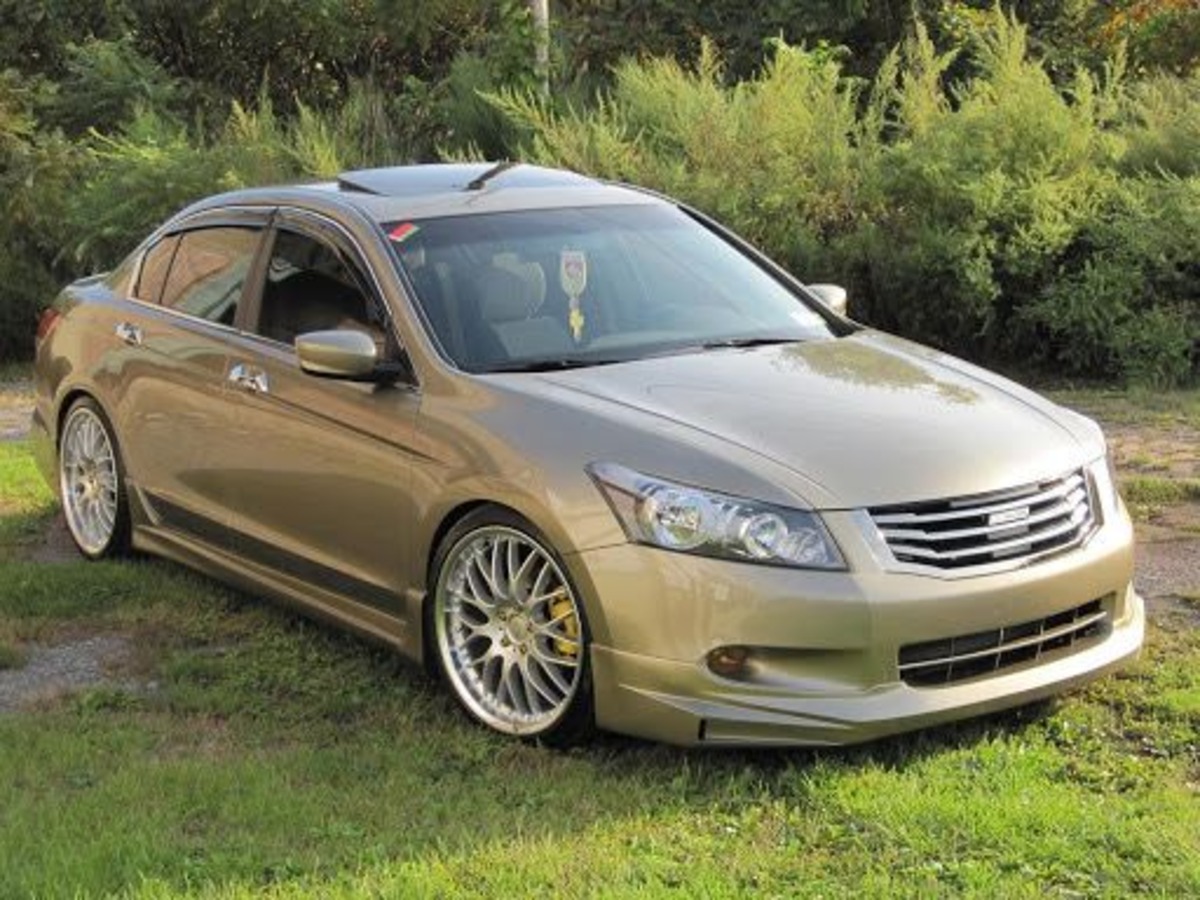When we think about cars from the 2000s, many of us remember flip phones, DVDs, and simpler times. But surprisingly, a lot of vehicles from that era are still running strong. They’ve stood the test of time and mileage.
These cars weren’t just built to look good—they were built to last. While many modern vehicles rely heavily on technology, these older models focused more on solid engineering and long-term reliability. That’s why you still see them today.
From family sedans to work trucks, the early 2000s offered a wide variety of cars that were dependable, easy to maintain, and affordable to own. And thanks to good build quality, many of these cars are still in daily use.
Whether it’s the school drop-off line, a weekend road trip, or a long commute, these cars continue to do the job. Some have become popular among second or third owners who need reliable transportation without a big price tag.
What makes them so special isn’t just how long they last, but how well they age. Many still drive smoothly, have decent fuel economy, and don’t require constant repairs. For budget-minded drivers, they’re often the smartest choice on the road.
These cars also tend to have fewer electronic issues since they came before the tech-heavy dashboards of today. That means fewer things to break and more peace of mind for the owner. Simplicity works in their favor.
You’ll find many of these cars on highways, in suburbs, and parked outside small-town diners. They’ve become part of daily American life. Mechanics know them well, parts are easy to find, and repairs are usually cheap and simple.
1) 2008–2012 Honda Accord Coupe
When most people hear the words “luxury sports coupe,” Honda might not be the first brand that comes to mind. However, the Honda Accord Coupe from 2008 to 2012 proves that practicality and sportiness can exist in a sleek, affordable package.
This particular version is based on the eighth generation of the Accord and comes in a stylish two-door layout. It was designed to offer the everyday comfort and durability Honda is known for, with a little extra edge in terms of design and driving feel.
The Accord Coupe is available with two engine options—the 2.4-liter four-cylinder (K24) and the more powerful 3.5-liter V6 (J35). While both are known for their long-term dependability, the V6 offers stronger performance for drivers who want a more exciting ride.
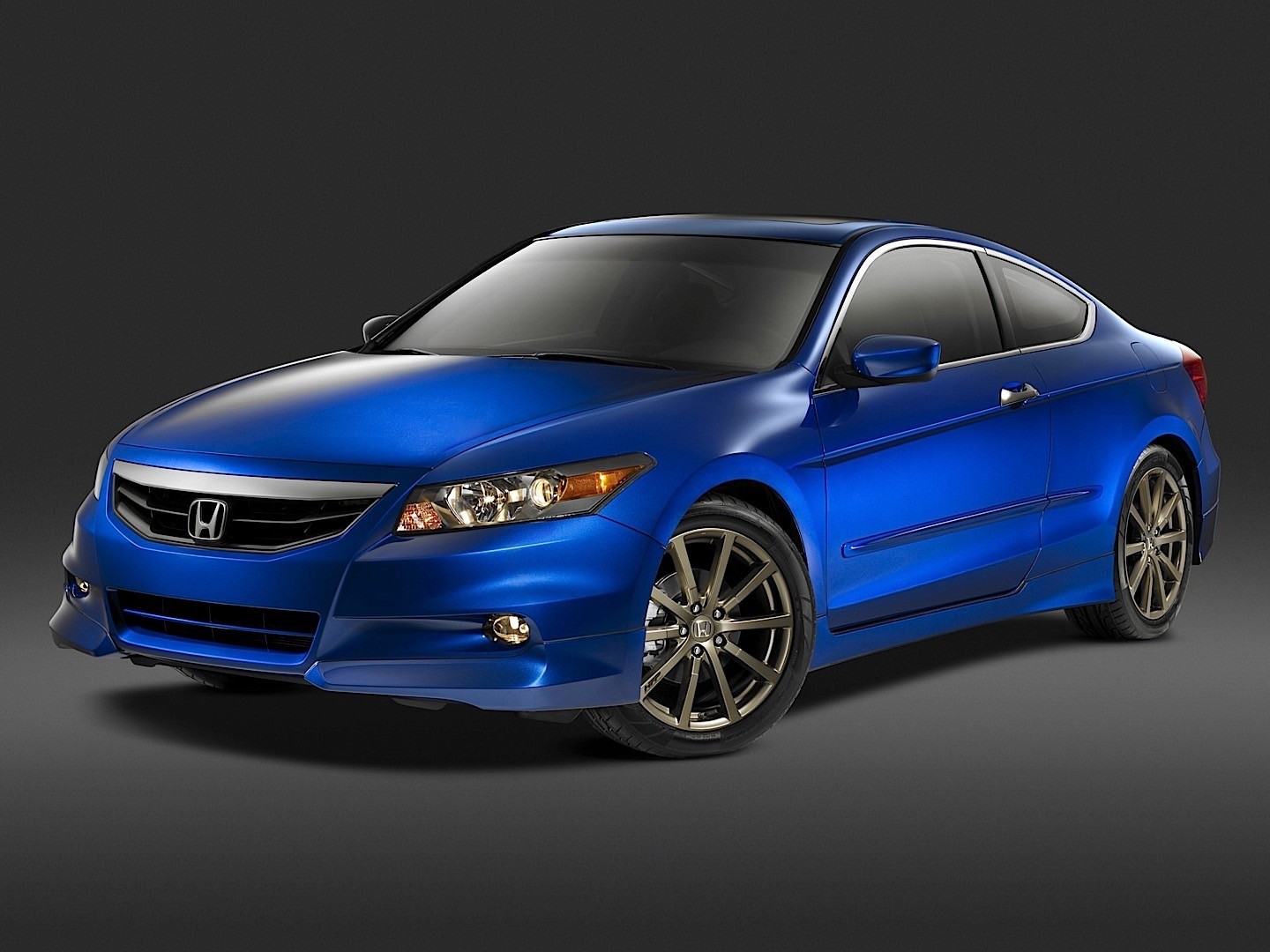
With 271 horsepower and 251 lb-ft of torque, the V6 model feels quick, going from 0 to 60 mph in under six seconds. That’s solid performance for a car that’s also considered a daily driver and long-distance cruiser.
Buyers can choose between a 6-speed manual or a 5-speed automatic transmission, depending on whether they want more control or convenience. The manual option, especially when paired with the V6 engine, gives the car a much sportier feel.
Even today, many of these Accords are still on the road and going strong. Honda’s reputation for quality engineering and durable engines plays a big role in its lasting popularity among budget-conscious and performance-minded drivers.
Though the Accord Coupe is generally reliable, it’s not without a few known issues. V6 models with cylinder deactivation technology have been reported to consume oil excessively as the miles add up.
If you’re buying used, it’s worth paying a little more for a well-maintained, lower-mileage model. The price difference between high-mileage and low-mileage units is typically just a couple of thousand dollars, making it a great value option.
Also read: 10 Used Luxury Cars That are Affordable to Maintain and 10 Others that are Maintenance Nightmare
2) 2005–2014 Ford Mustang GT
The fifth-generation Ford Mustang GT, built from 2005 to 2014, brought back the soul of the original pony car with a fresh yet retro design.
Ford introduced this version at a perfect time, celebrating the Mustang’s 40th anniversary with a model that honored the past without feeling outdated.
This generation, known as the S197, replaced the older SN95 design and quickly won over fans with its bold, muscular styling. It helped reignite interest in American muscle cars and became a favorite among car lovers looking for raw performance and character.
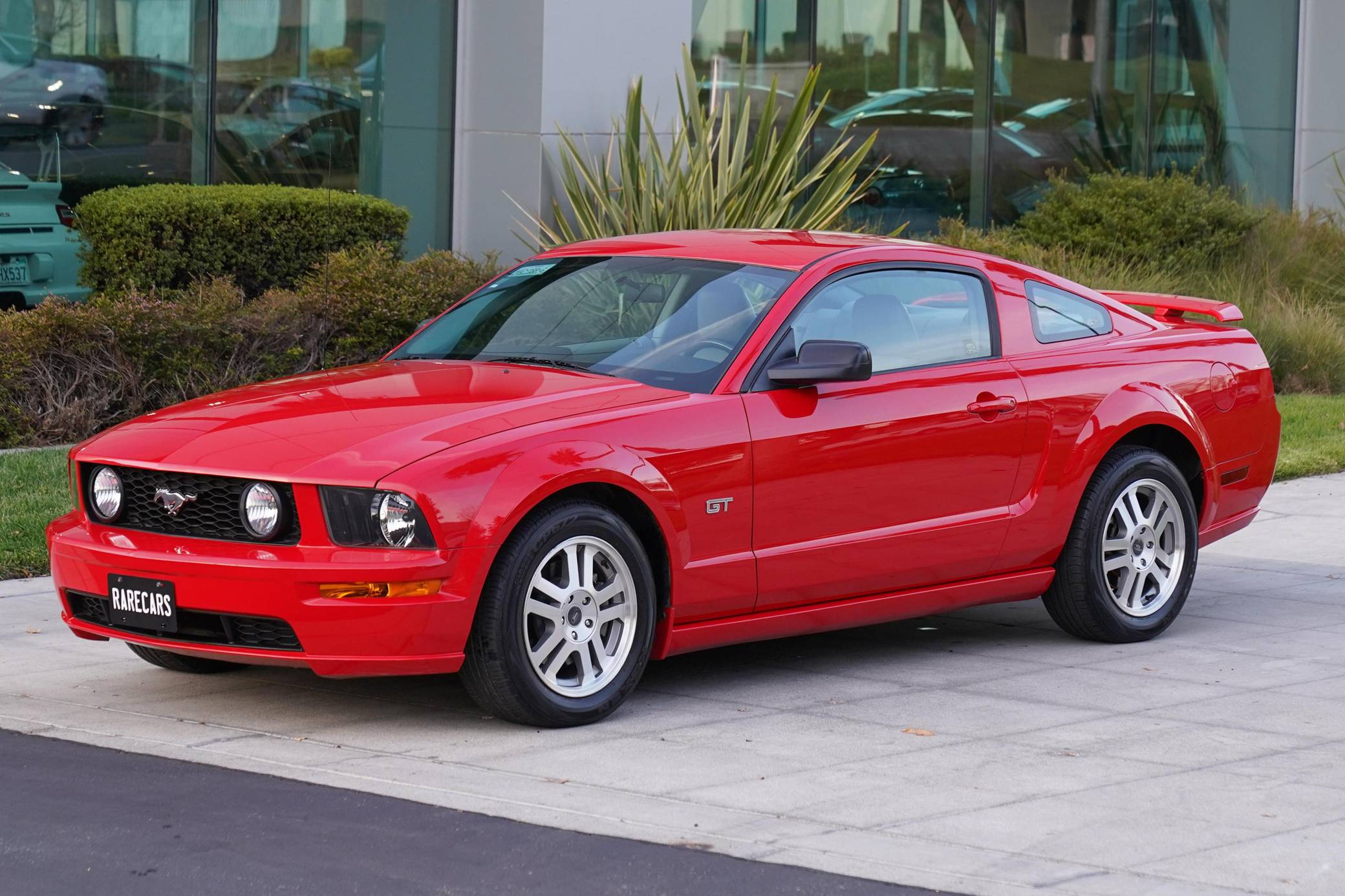
Under the hood, early GT models came with a 4.6-liter V8 engine, producing a solid 300 horsepower. Paired with a five-speed manual transmission, this setup offered an engaging driving experience that brought the Mustang’s legacy back to life.
In 2010, Ford introduced a major update to the S197, which included the powerful 5.0-liter “Coyote” V8 engine. This version delivered up to 420 horsepower and came with a six-speed manual gearbox, significantly improving both acceleration and overall performance.
Depending on the model year and condition, you can find a well-kept early GT for around $9,000, while newer and cleaner models with the Coyote engine can cost closer to $24,000.
Despite the price difference, all versions offer strong performance and solid long-term value for muscle car enthusiasts.
Torque figures range from 320 to 390 lb-ft, giving the Mustang plenty of low-end punch for city driving and quick highway pulls. It can go from 0 to 60 mph in as little as 4.3 seconds in its best form, making it a true modern muscle icon.
Whether you’re into weekend drives or simply want a fun car with classic American DNA, the S197 Mustang GT delivers. It mixes old-school looks with modern features, and thanks to its wide parts availability and strong fan base, it’s still a practical choice today.
3) 2004–2006 Pontiac GTO
The 2004–2006 Pontiac GTO didn’t make much noise in sales, but under the hood, it was a serious performance machine. While it didn’t look as aggressive as some muscle car fans hoped, it had the heart of a true powerhouse.
This GTO was actually a rebadged version of the Holden Monaro, a well-built V8 coupe from Australia. Though it lacked the bold styling of the original 1960s GTO, it made up for it with impressive strength and speed.
The 2004 model came with a 5.7-liter LS1 V8, the same engine used in the Corvette at the time. It produced 350 horsepower and gave the car a 0 to 60 mph time of around 5.5 seconds, which was quick by any standard.
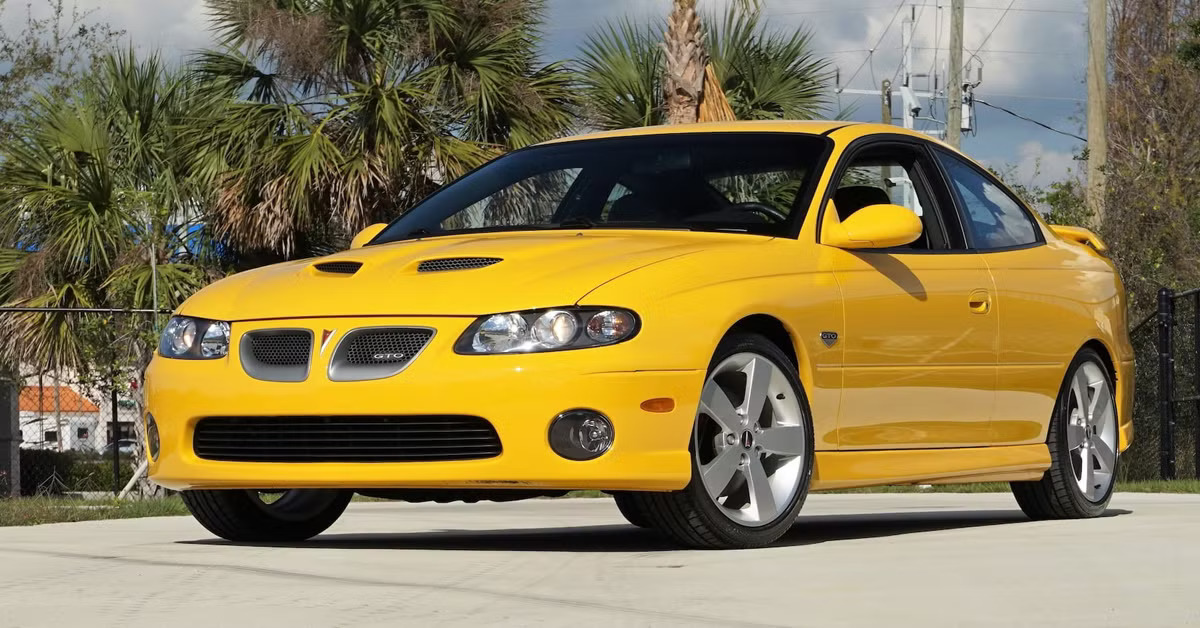
In 2005, Pontiac upgraded the GTO with a 6.0-liter LS2 V8, pushing the power up to 400 horsepower. Torque also rose to 400 lb-ft, offering even more acceleration and making the GTO feel like a true sports coupe on the road.
If you picked the six-speed manual transmission, the GTO could sprint from 0 to 60 mph in just 4.4 seconds. That’s almost the same performance as early C6 Corvettes, but in a more practical 2+2 coupe layout.
Even today, this car is often overlooked, which makes it a smart buy for someone wanting serious V8 power at a lower price. You can find used examples ranging from $15,000 to $25,000, depending on condition and mileage.
The GTO also has a strong following in the performance community, thanks to its GM LS engine platform. These engines are easy to modify, and parts are widely available, making the GTO a solid base for tuning or track builds.
4) 1993–2002 Chevrolet Camaro SS
The fourth-generation Chevrolet Camaro SS, built from 1993 to 2002, was all about classic American muscle with modern upgrades. It delivered raw power, an aggressive look, and the kind of driving experience that made it a favorite among car enthusiasts.
One of the biggest highlights of this Camaro SS was its 5.7-liter V8 engine, known as the LS1. With 325 horsepower and 350 lb-ft of torque, it had more than enough strength to push the rear wheels hard and fast.
Paired with a six-speed manual BorgWarner T56 transmission, this muscle car was built for drivers who love to feel connected to the road. The powertrain made the Camaro quick and thrilling, launching from 0 to 60 mph in just 5.2 seconds.
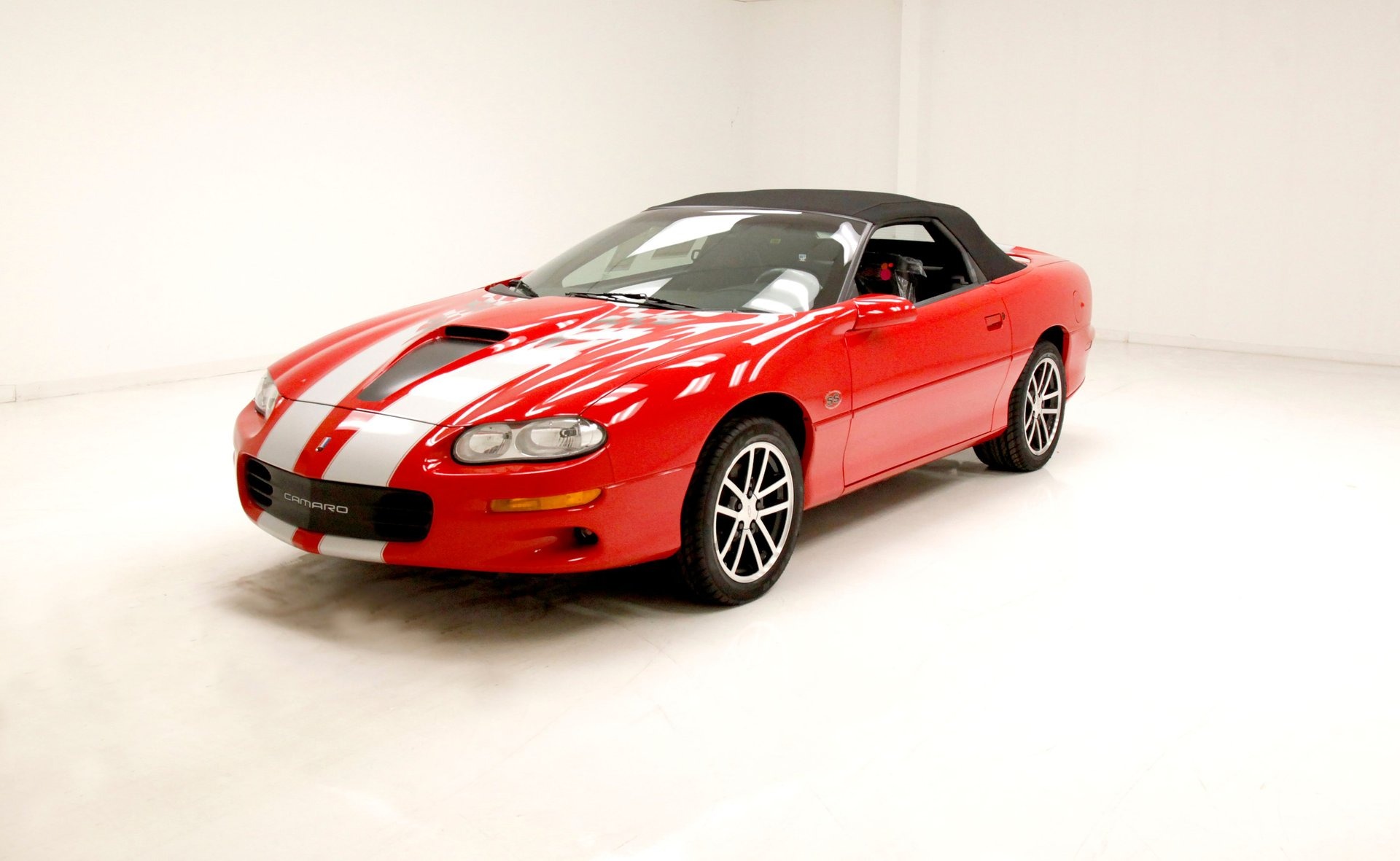
When it came to straight-line performance, the Camaro SS didn’t disappoint. It could crush the quarter-mile in only 13.5 seconds at a speed of 108 mph, making it a standout on drag strips and street races alike.
Even though it was fast and tough, the fourth-gen Camaro SS remains surprisingly affordable today. Many well-kept models sell for under $10,000, giving buyers a lot of power for a relatively low price.
In 2002, the final year of this generation, Chevrolet released a special 35th Anniversary Edition. This limited model featured unique styling, badges, and a slight performance boost thanks to an optional SLP exhaust upgrade.
As fun as these cars are, it’s important to keep in mind that many have been driven hard over the years. If you’re thinking of buying one, a full inspection by a trusted mechanic is highly recommended to make sure it’s in good shape.
5) 2005–2012 Mazda MX-5 Miata NC
The third-generation Mazda MX-5 Miata, also known as the NC, was sold from 2005 to 2012. It continued the Miata’s reputation for being a lightweight, affordable, and fun-to-drive roadster while introducing a bit more size and power.
Compared to earlier Miatas, the NC was larger and slightly heavier, which some purists didn’t like. However, this added weight brought improved comfort, better interior space, and more features, making it a better option for daily use.
Under the hood, the NC came with a 2.0-liter four-cylinder engine that made up to 167 horsepower. It also produced 140 lb-ft of torque, which gave it enough pep for exciting backroad drives and spirited weekend cruising.
The Miata NC could go from 0 to 60 mph in about 7.2 seconds, which isn’t super quick but still enough to feel fun and responsive. What made it really enjoyable was its rear-wheel-drive setup, precise steering, and smooth handling, especially with a manual transmission.
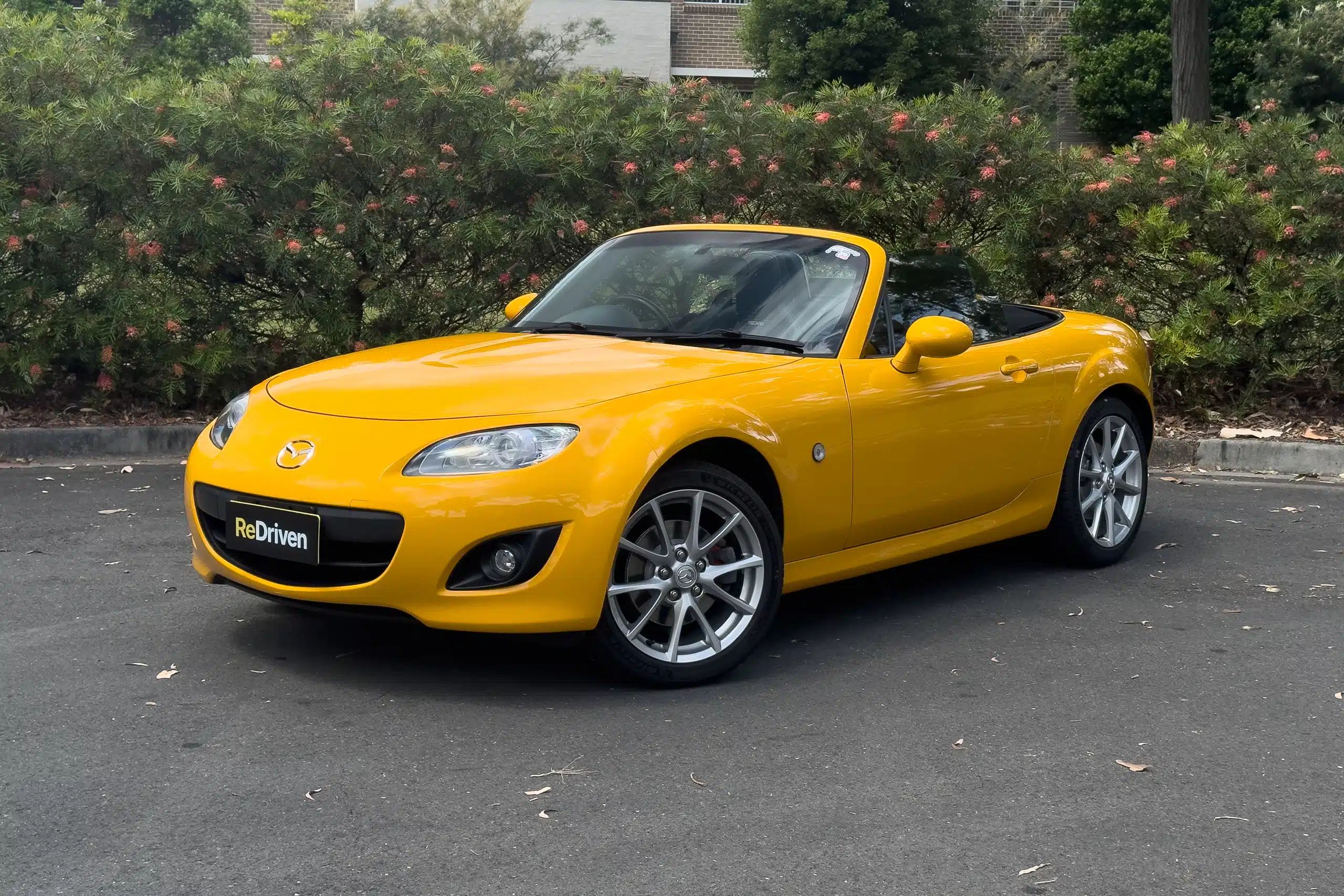
Buyers could choose between a five-speed manual or a six-speed automatic, but most enthusiasts prefer the manual version for the full driving experience. The NC also introduced a power-retractable hardtop as an option, giving drivers added security and year-round use.
Although it wasn’t as popular as other Miata generations, the NC still holds its own in today’s market. It offers solid reliability, a balanced chassis, and plenty of aftermarket support for upgrades and modifications.
One of the best parts is its pricing—since it’s less in demand than earlier or later models, you can often find a well-maintained NC Miata for as little as $6,000 to $9,000. That makes it a budget-friendly way to own a real sports car.
Also read: 10 V6 Engines That Are Almost Impossible to Kill and Still Dominate the Reliability Game
6) 2002–2009 Nissan 350Z
The Nissan 350Z arrived in 2002 as a bold return for the brand’s Z series, which had been absent in the U.S. for six years. It was built to bring excitement back to Nissan’s lineup and it quickly became popular among sports car fans.
At its core, the 350Z was a rear-wheel-drive coupe designed for drivers who enjoy performance and handling. It offered more power and a more aggressive look than many of its rivals, including the Mazda Miata and Toyota MR2.
Under the hood, the car featured a 3.5-liter V6 engine that made 287 horsepower in the early years. This strong engine gave the 350Z quick acceleration and a throaty exhaust note that made it stand out on the road.
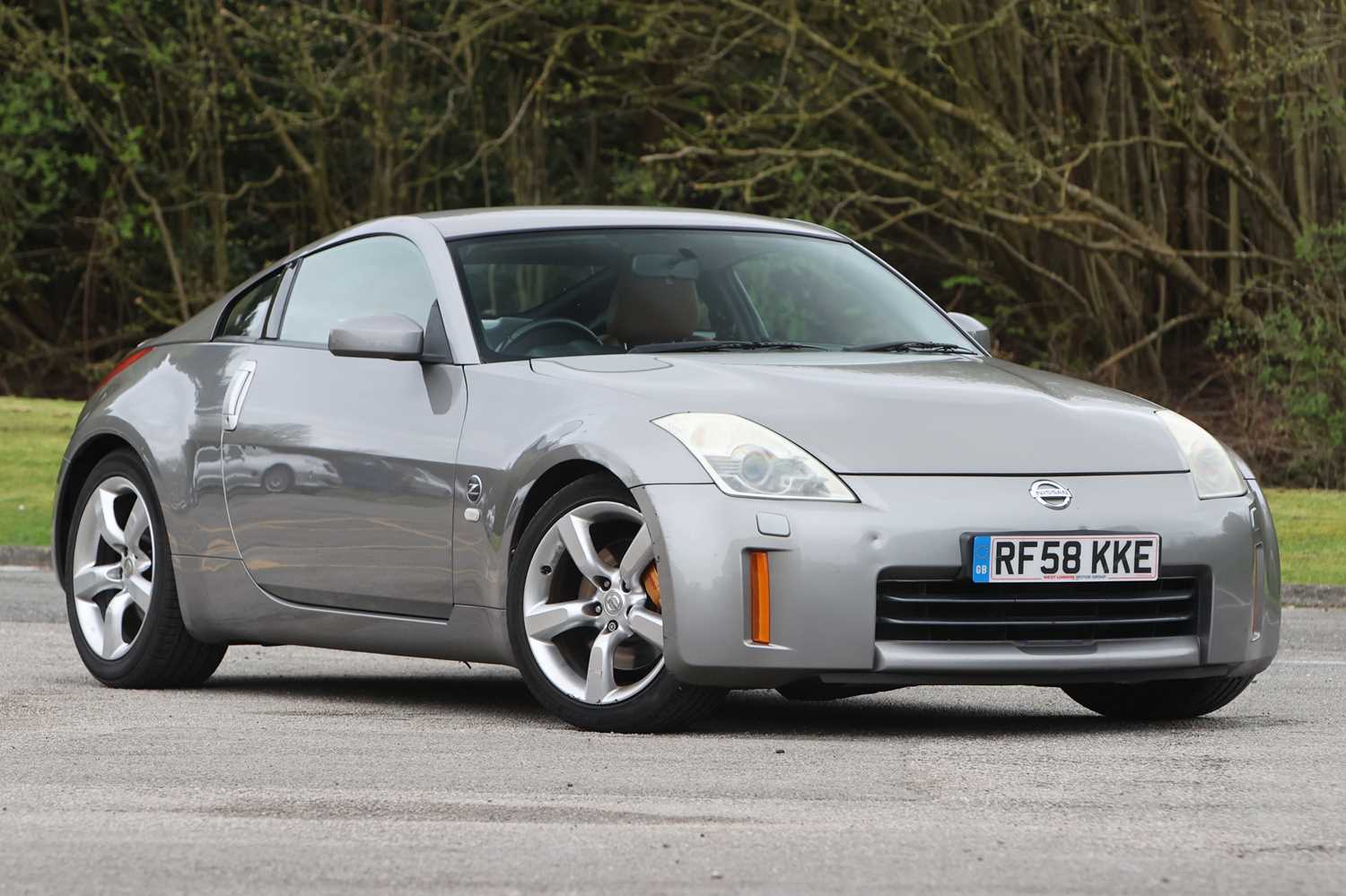
Later versions of the car received a refined version of this engine called the VQ35HR. This updated engine produced up to 313 horsepower and could rev all the way to 7,500 RPM, adding to the fun and performance of the car.
With a 0 to 60 mph time as low as 5.4 seconds, the 350Z proved it had serious speed. It also had a high top speed of 156 mph, making it one of the fastest affordable sports cars of its time.
Buyers could choose between a six-speed manual or a five-speed automatic, although the manual option was the favorite for performance driving. The car’s wide stance, rear-wheel-drive layout, and firm suspension helped it handle corners with confidence.
One of the best things about the 350Z today is its price. Older models can be found starting at around $5,500, while the clean, low-mileage versions sell for up to $25,000, depending on condition and model year.
7) 2009–2016 Hyundai Genesis Coupe
The Hyundai Genesis Coupe was South Korea’s first real attempt at building a proper rear-wheel-drive sports car. It came at a time when the company wanted to show it could do more than just economy cars, and it succeeded in grabbing attention from both enthusiasts and critics.
From 2009 to 2016, the Genesis Coupe offered a stylish and aggressive design that looked nothing like the usual compact sedans from Hyundai. It was a bold two-door coupe built to compete with established names like the Nissan 370Z and Infiniti G37.
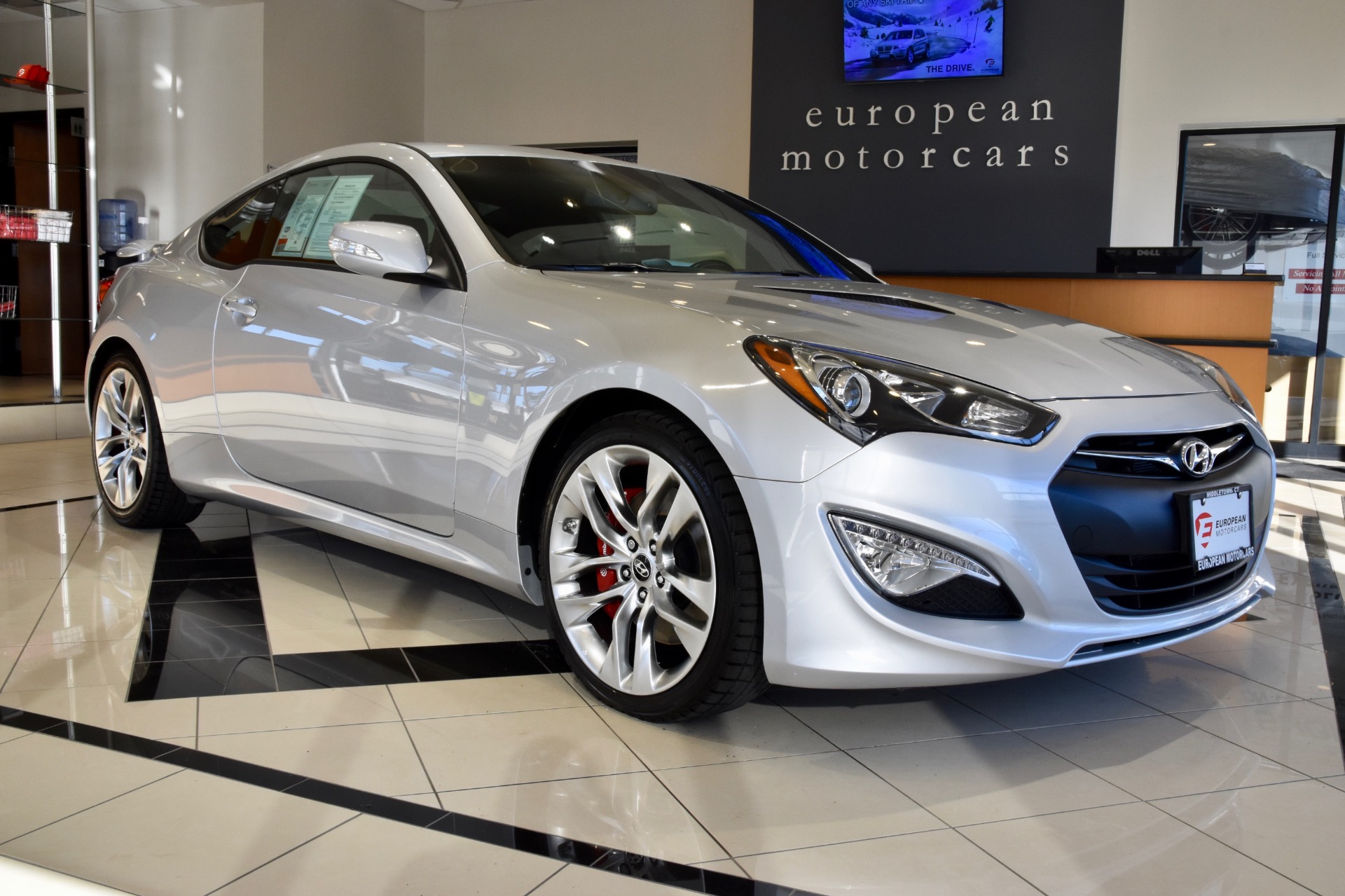
Under the hood, you had two choices: a 2.0-liter turbocharged four-cylinder or a more powerful 3.8-liter V6. Both engines offered decent performance, but they had one thing in common — they needed the right type of engine oil and proper maintenance to last.
The early versions of this car, especially those aimed at the North American market, had issues with build quality. Interior plastics were cheap and often made squeaky noises, which reminded owners that this was not a luxury car, even if it looked like one.
However, the Genesis Coupe offered a good driving experience, especially when equipped with the 3.8-liter V6 engine and the six-speed manual transmission. With as much as 348 horsepower and 295 lb-ft of torque in later years, it could go from 0 to 60 mph in as little as 4.8 seconds.
Transmission choices included a six-speed manual and several automatic options, depending on the model year. The early 2.0T with a five-speed automatic offered the least excitement, but the platform still had good bones and was enjoyable to drive.
For buyers looking for a fun, budget-friendly sports coupe, the Genesis Coupe is one of the most affordable choices. Decent examples with low miles can start around $9,500, though high-mileage ones can be found for under $5,000 if you’re okay with putting in a little work.
8) 1999–2005 Toyota Celica GT-S
The Toyota Celica GT-S was Toyota’s answer to other compact sports cars like the Acura Integra Type-R, and it quickly earned a reputation for being fun to drive. While it shared many of the same economy-car foundations as its competitors, it was designed with a sporty edge to make it stand out on the road.
In the GT-S trim, the Celica featured a 1.8-liter inline-4 engine that was modified for higher performance. What made this engine special was its Yamaha-developed head, allowing the engine to rev all the way to 8,500 RPM before hitting the fuel cut-off, which made it a joy for driving enthusiasts who loved high-revving engines.
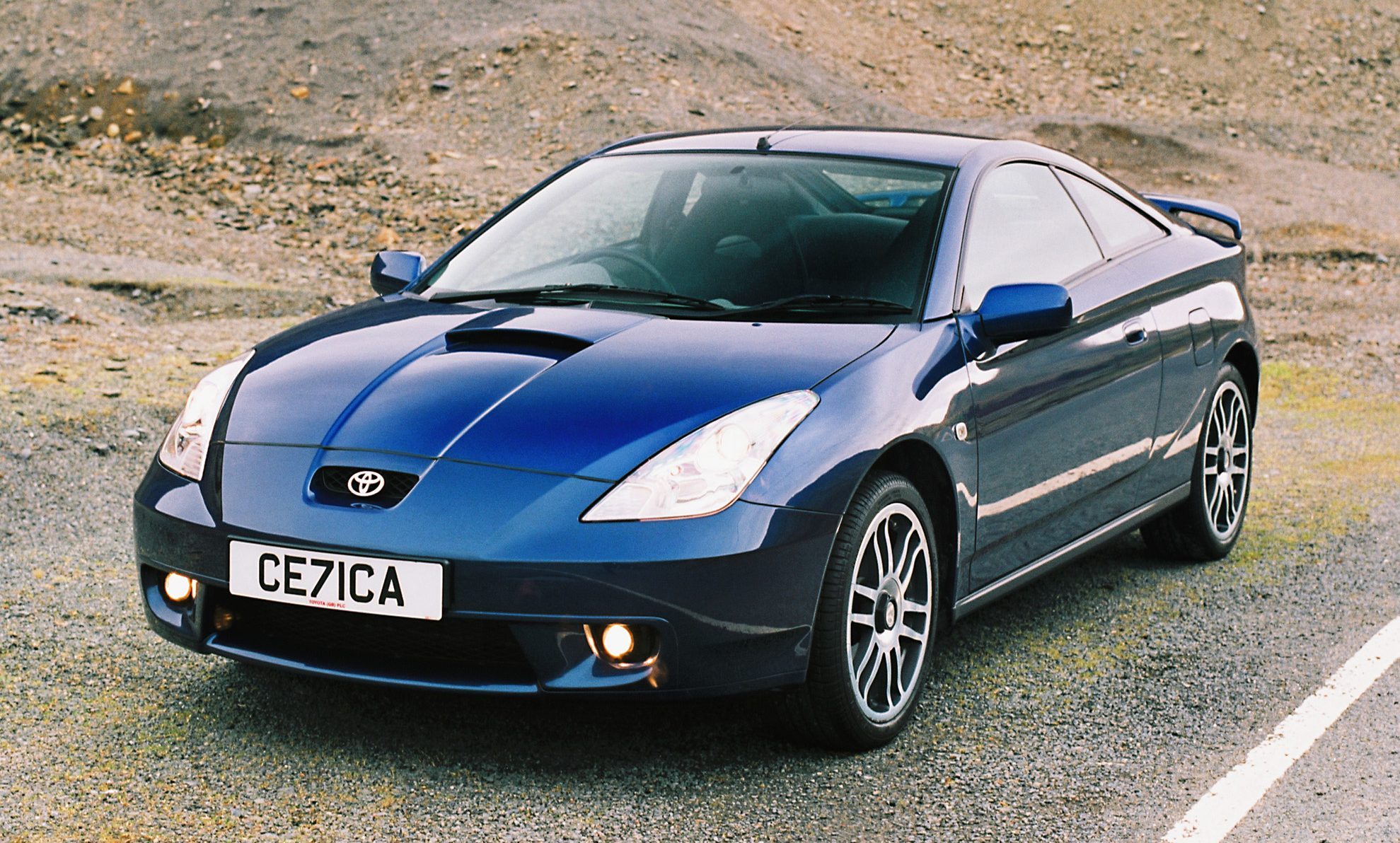
Compared to other compact sports cars from the same era, the Celica GT-S was more affordable, especially when you consider that it offered 180 horsepower and 133 lb-ft of torque. It could go from 0 to 60 mph in just 6.6 seconds, offering a thrilling driving experience for those looking for speed and agility in a compact car.
The Celica GT-S was available with a six-speed manual transmission, which made it more engaging for driving enthusiasts, while some models were also equipped with a four-speed automatic transmission.
Despite the fun-to-drive factor, the car wasn’t overly expensive to maintain, making it a great choice for those who wanted a reliable, sporty car without the premium price tag of some other sports models.
However, one thing to be mindful of, especially with earlier models, is an issue with oil starvation. Pre-facelift Celica GT-S models had a design flaw in the oil pan, which led to oil starvation in some engines. This problem was a concern, as it could cause long-term damage if not addressed.
9) 1999–2007 Toyota MR2 Spyder
The Toyota MR2 Spyder, produced from 1999 to 2007, was the third generation of the MR2 series, following in the footsteps of the previous models.
Unlike its turbocharged predecessors, this version was equipped with a 1.8-liter inline-4 engine, producing 138 horsepower and 127 lb-ft of torque, making it less about raw power and more about agile handling.
The key to the MR2 Spyder’s appeal was its lightweight design. Weighing just 2,195 pounds (996 kg), it was a much lighter car compared to many other sports cars, which made it incredibly nimble and fun to drive, especially in tight corners and on winding roads.
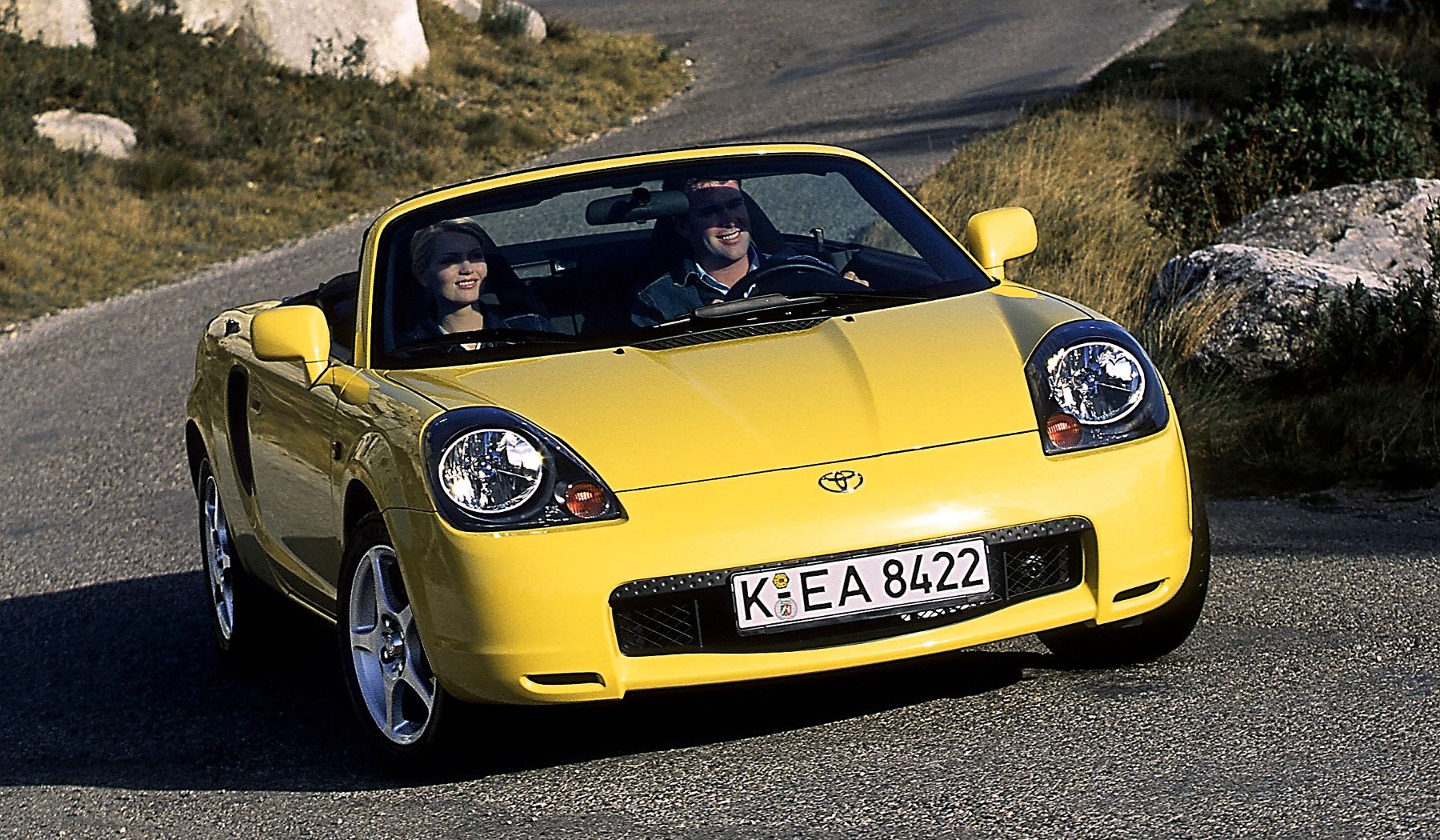
With a five-speed manual transmission, the MR2 Spyder could reach 60 mph in 7.5 seconds, offering respectable acceleration for a car of its size and power.
There was also an option for a six-speed sequential transmission, though it added a slight delay in acceleration, taking about 1.2 seconds longer to reach 60 mph compared to the manual version.
What made the MR2 Spyder stand out was its mid-engine, rear-wheel-drive layout, which offered a near-perfect balance and a driving experience that many sports car enthusiasts loved.
It was often compared to the Lotus Elise, albeit at a much more affordable price, with the MR2 Spyder offering a similar driving experience but at a fraction of the cost.
Also read: 10 Forgotten Brands That Have Built Durable Cars
10) 2000–2005 Mitsubishi Eclipse GT
The Mitsubishi Eclipse GT, built from 2000 to 2005, is a well-known model of budget tuners and street racers. With a sleek design and sporty appeal, it became a popular choice among younger drivers and car enthusiasts, often seen as a canvas for modifications and upgrades.
The Eclipse GT is powered by a 3.0-liter V-6 engine that delivers 200 horsepower and 205 lb-ft of torque, making it a solid performer for its price range.
It can reach 60 mph in just 7.0 seconds, which was respectable for a car of its era, and it has a top speed of 134 mph, making it fun to drive on both highways and winding roads.
While the Eclipse was originally offered with a turbocharged engine in earlier generations, the third-gen model shifted to the more refined V-6 for a smoother driving experience.
Despite losing the turbocharged option, the V-6 engine proved to be a worthy successor, providing good acceleration and handling.

The third-generation Eclipse GT is a front-engine, front-wheel-drive car that offers decent road-hugging abilities and an enjoyable driving experience.
While it may not offer the raw power and excitement of some other sports cars, it provides solid performance at a lower price, making it an affordable entry into the world of performance vehicles.
The used car market for the Eclipse GT is still strong, with well-maintained examples often priced under $5,000.
For buyers looking for a budget-friendly sports car, the Mitsubishi Eclipse GT offers a balance of power, handling, and affordability, making it a great choice for those who want a fun, tunable vehicle without breaking the bank.

